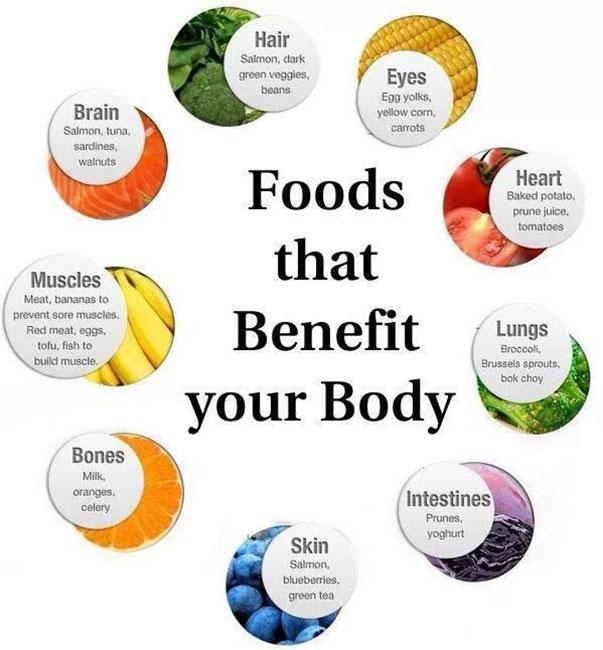How to extract the first and most nutrition from a vegetarian diet

How to obtain the most nutrition from a vegetarian diet A well-planned vegetarian diet can help you achieve your nutritional demands in a healthy way. Learn whatever you need to know about eating a plant-based diet. Vegetarian diets are already becoming increasingly popular. The benefits of eating a vegetarian diet are numerous, but they include reduced risk of heart disease, diabetes, and certain diseases. However, some vegetarians eat too many processed goods that seem to be heavy in calories, sugar, fat, and sodium. They may also be missing out on nutrients by not eating enough fruits, vegetables, whole grains, and calcium-rich foods. A vegetarian diet, from the other hand, can suit the needs of people of all ages, including children, teenagers, and pregnant or breast-feeding women, with a little planning. The goal is to be aware of your nutrient intake so that you can create a diet that supports them. Vegetarian diets come in various of flavours. When people think of a vegetar...
